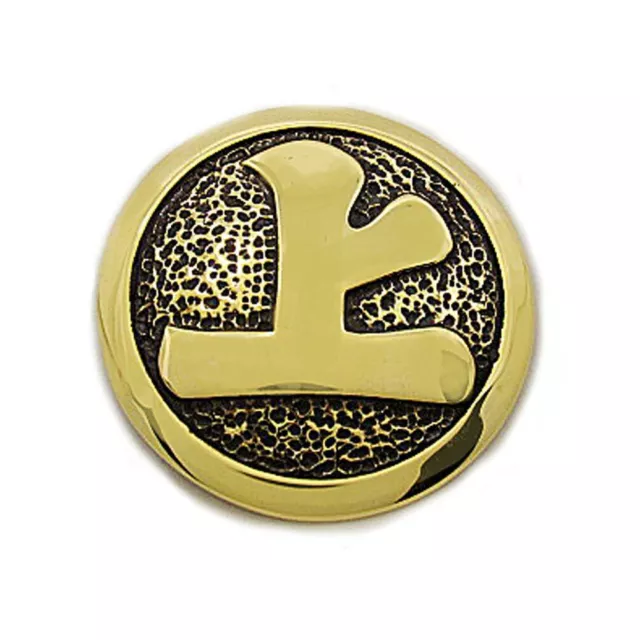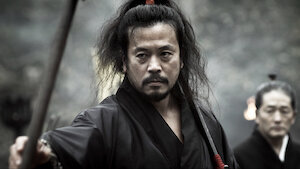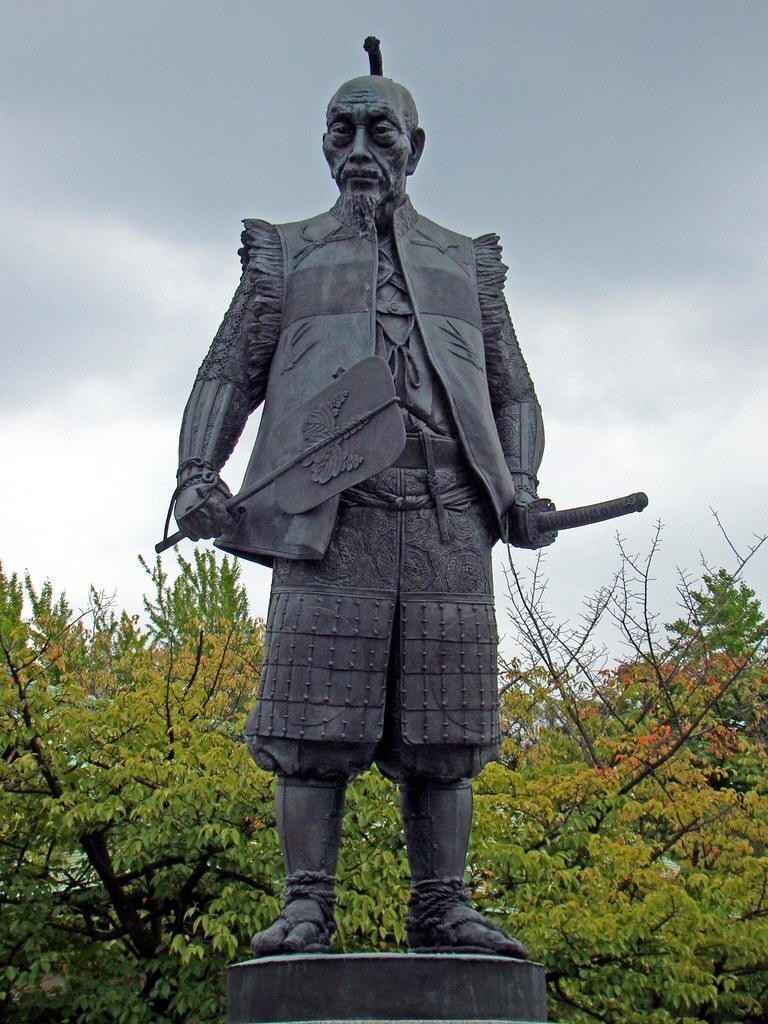The Last Leader of Japan’s Samurai-Era Pirates – Murakami Takeyoshi
「船に乗るより潮に乗れ」
Fune ni noru yori shio ni nore
"Instead of riding a ship, ride the tide"


In today’s article, we shall tell not only the life story of Murakami Takeyoshi—from exiled boy to legendary ruler of the straits—but also enter the world of the kaizoku: pirates who were not outcasts, but guardians of sea routes, masters of maneuver, and diplomats clad in samurai armor. We will journey to a time when battles were waged at sea and where, ultimately, two powerful fleets clashed—those of Japan’s greatest pirate and… of none other than the great Oda Nobunaga himself. Let us then discover Murakami Takeyoshi—the last king of the straits—and his kaizoku pirates.
Childhood and Youth in Times of War

It is there, on one of the smallest yet most renowned islands of the Geiyo archipelago—Noshima—that a boy is born whose destiny is to become the last king of maritime chaos. His name: Murakami Takeyoshi. But at the time, no one calls him that yet.





When he was in his teens, he looked upon the hills of Higo for the last time, boarded a small, low boat, and set out back across the treacherous straits toward the islands he knew only from stories. He returned not as a boy, but as one shaped by loss, exile, and a dream of reclaiming his rightful place on the map of the sea.
This was the beginning of his legend.
The Road to the Top – The Struggle for Leadership


The Murakami clan, though related by blood, had always been divided—its three branches (Noshima, Kurushima, Innoshima) frequently competed for influence, especially in the straits where they could collect 帆別銭 (honbetsusen)—fees for the "safe" passage of merchant ships. Formally, these were "marine protection taxes," but in practice, they were a regular tribute, securing protection from the very people who collected it.

A naval campaign began—one that, to this day, is still told by old men in fishing ports as one of the greatest internal wars of the Murakami clan. The battles were not fought on land, but on water—amid currents, whirlpools, and rocks. It was a theatre of war that demanded not only courage but an intimate knowledge of the sea, as if it were one’s own palm. Takeyoshi’s ships—small, fast kobaya (小早 – literally “small and swift”)—attacked at night, vanishing from sight by dawn. They exploited currents, tides, even false flags. In the Battle of Iwagishima, Takeyoshi executed a cunning maneuver: he sent one of his own atakubune (armored boarding ships) unmanned as bait, and delivered the true strike from the flank—with boats hidden in a cove behind a rock. Yoshiaki had no time to escape.
When his cousin’s forces were finally crushed, and his commanders betrayed by their own men, Takeyoshi entered the fortress on Noshima not as a conqueror, but as the rightful heir. Yet he did not end the war with vengeance. Instead, he forged an alliance with Kurushima, sealing it through a political marriage with the daughter of Murakami Michinobu, the leader of that branch.
Takeyoshi was barely in his twenties, yet had already become the de facto leader of all three Murakami houses—an independent ruler of islands and straits. His name began to be whispered with reverence not only in the ports of Setouchi, but even in the distant palaces of Kyūshū.
The Pirate Life

In times of peace, the pirates were guardians of trade. They maintained their own passport system (過所旗 – kakyo-ki), which protected ships that paid the appropriate tribute. When a sail appeared on the horizon bearing the white flag of the Murakami, merchants breathed a sigh of relief—it signaled not an attack, but an escort. But when the time of war approached—their fleet transformed into a machine of death.
The atakubune (安宅船 – literally “residence ship of security”) were floating battering rams—short, wide, reinforced with metal, powered by dozens of rowers. Their purpose was to approach the enemy and enable boarding: by breaking down bulwarks, throwing up boarding ladders, and piercing shields. They often used curtains made of wet mats to protect against fire and arrows. The tanegashima—matchlock arquebuses acquired from the Portuguese—were also employed.

Takeyoshi knew every technique. He planned them himself. He was not just a commander—he was a strategist, a master of the sea, and a psychologist of battle. Under his rule, Noshima became a fortress so formidable that its capture seemed impossible.
King of the Straits – Naval Power and System of Rule

At the beginning of his path, he commanded only a few ships. Now—an entire armada. He became the king of the straits, ruler of an archipelago that could not be subdued by land-based administration. In his hands were not just swords, but something more fearsome: maps of the currents, lists of captains, boarding orders, tide charts.


Evenings were spent not only cleaning weapons, but also—of course—in merrymaking. Yet kaizoku differed from the wakō (more on them here: Wakou – Pirate Freedom, Independence, and Terror on the Seas of Japan, Korea, and China) in that they adhered to samurai etiquette—at least those of noble birth. This meant that just as often, they could be seen in the evenings engaged in intense combat training or reading poetry, writing letters, sharing incense rituals, and meditating. Takeyoshi himself was a lover of renka—linked-verse poetry, which he composed with his officers during long evenings over tea made from dried seaweed and salty sweets.
Military Prowess
Techniques

The atakubune (安宅船)—“secure ships of residence”—were floating fortresses, iron-clad, with low bulwarks, heavy and menacing. They had no sails, for they were not built for long voyages—they were built for combat. Rowed by dozens of men, equipped at the front with a ram and at the sides with assault ladders, they would approach enemy vessels until their sides opened like the jaws of a beast—and boarding was immediate. Thanks to these ships, pirate warriors could engage in direct sea clashes, relying in the final stage on samurai skills—swordsmanship.
And the other secrets? The hidden weapons? Horoku hiya (焙烙火矢)—earthenware pots filled with oil and gunpowder that, once ignited, turned into blazing grenades. They were thrown by catapults or by hand onto enemy decks—one accurate throw could cause panic, fire, and the collapse of formations. More than starting fires, they were used to sow chaos in enemy ranks just before boarding—for it was far easier to strike into disordered foes than into a solidly formed unit.
Tactics
Boarding was an art—a sacred ritual. It was never done haphazardly. Ships approached under the cover of thick curtains made of wet mats, which extinguished flaming arrows and concealed the silhouettes of sailors. A drifting technique called “the floating stone” allowed boats to approach soundlessly with the wind. Tidal currents were also used, capable of carrying the fleet forward without a single oarstroke. Attacks often occurred just before dawn, when senses were dull.
On deck, sailors wielded grappling hooks and ropes, long spears, and knives with curved blades.
The Storm of Betrayals – Takeyoshi Between Alliances

By the mid-16th century, Murakami Takeyoshi was no longer just the lord of Noshima—he was its legend. Alongside his brothers from Kurushima and Innoshima, he formed the core of an informal kaizoku no renmei—a pirate confederation that held sway over Japan’s entire inland sea. Any ship wishing to sail from Kyūshū to Osaka had to pay not only a toll—but also show respect.




Noshima became a solitary fortress at sea. Day by day, sails bearing the Mōri crest circled in the distance like vultures. Food began to run short in the camps and fortress. Tension mounted. Surrender was being considered. But Takeyoshi stood firm. Every dawn, he would walk onto the rocks, gaze at the waves, and pray to the kami of sea winds to change his fate.
And fate did indeed change. Mōri’s alliances began to unravel. In the west, they had to shift their forces to fight the Amako—forcing them to abandon their ambition of subjugating the Murakami. Noshima endured. And the legend of Takeyoshi—the man who withstood the Mōri—blazed anew. No longer merely a pirate, but an autonomous lord of the Seto Sea. Yet—anyone who reaches for power must be prepared for someone even mightier to eventually appear. And these were the times of Japan’s first unifier—the great Oda Nobunaga…
Clash with Oda Nobunaga

Oda Nobunaga, the ambitious ruler from Owari who had earlier burned the sacred Mount Hiei (more on that here: Ikkō-ikki: Buddhist Monks Build Fortresses and Lead Peasants to War Against the Warlords of Sengoku Japan) and defeated central Japan’s clans, resolved to break the power of the Mōri house. But to do that, he had to cut them off from the sea—and the path led through the strategic port of Ishiyama Hongan-ji, a bastion of the militant Ikkō-ikki monks. Defending the fortress stood the Mōri and their allies—including Murakami Takeyoshi himself.
In the first battle at the mouth of the Kizu River, Takeyoshi commanded part of the fleet, which maneuvered with remarkable precision among shoals and whirlpools. He resisted Nobunaga’s formidable forces, destroyed his supply bridges, and forced his army to retreat. The kaizoku fleet—fast kobaya and heavy atakubune—struck in waves, executing swift boardings, hurling burning horoku hiya grenades onto enemy decks, while archers on the sekibune platforms rained arrows before the enemy could reach shore. Takeyoshi wielded his flotilla like a master swordsman with a katana—feinting, luring, encircling. He succeeded in driving Nobunaga’s forces back—for now.
But Nobunaga was not a man to give up what he wanted.


It was the death of the pirate era. The Kuki ironclads—though not made entirely of iron, but partially armored—marked the beginning of a new age: centralization, massed armies, and the near-industrial organization of power.
The Fall of Power – Hideyoshi’s Decree and the End of Freedom

For Takeyoshi, this was the end. His world—built on alliances, slipping between currents, exchanging silver for safety—ceased to exist. Attempts at negotiation, letters written to Kyōto, talks mediated through the Mōri and Kurushima—all proved fruitless. His son was sent to beg for mercy. In return, they were given an order of relocation—forced to leave beloved Noshima and resettle inland, first in Takeda, then in Chōshū (modern-day Yamaguchi Prefecture).
For a man of the sea, it was a slow kind of death. He lived for many more years, but no longer commanded fleets, no longer performed rituals before battle, no longer tasted salt on his lips. He died in 1604, at the age of 68, on the island of Yashiro, overlooking the bay—a reminder that he had once been the king of the straits.
The Last Samurai-Pirate

His sons and grandsons remained at the side of the Mōri clan—no longer as independent kaizoku, but as commanders of the escort fleet. Their ships protected trade routes, transported people, weapons, and goods—but no longer under the free banner of Noshima, rather in the service of a more powerful lord. Thus ended the era of Japan’s pirates.

It is no coincidence that the Portuguese Jesuit Luís Fróis, observing Japanese warfare and politics, called him “the greatest pirate of Japan.” In him, he saw more than the commander of a fleet—he saw a figure from an epic tale, one who combined maritime ferocity with knightly pride.
>> SEE ALSO SIMILAR ARTICLES:
How the Mighty Yakuza was Tamed in the 21st Century. And What Sumo Tournaments Have to Do with It?
Maurycy Beniowski: The Adventures of a Daring Pole in Edo Period Japan
Iga Province: The Independent Ninja Republic and People's Commune in the Era of the Samurai
"Strong Japanese Women"
see book by the author
of the page
未開 ソビエライ
An enthusiast of Asian culture with a deep appreciation for the diverse philosophies of the world. By education, a psychologist and philologist specializing in Korean studies. At heart, a programmer (primarily for Android) and a passionate technology enthusiast, as well as a practitioner of Zen and mono no aware. In moments of tranquility, adheres to a disciplined lifestyle, firmly believing that perseverance, continuous personal growth, and dedication to one's passions are the wisest paths in life. Author of the book "Strong Women of Japan" (>>see more)
Personal motto:
"The most powerful force in the universe is compound interest." - Albert Einstein (probably)
Mike Soray
(aka Michał Sobieraj)
未開 ソビエライ
An enthusiast of Asian culture with a deep appreciation for the diverse philosophies of the world. By education, a psychologist and philologist specializing in Korean studies. At heart, a programmer (primarily for Android) and a passionate technology enthusiast, as well as a practitioner of Zen and mono no aware. In moments of tranquility, adheres to a disciplined lifestyle, firmly believing that perseverance, continuous personal growth, and dedication to one's passions are the wisest paths in life. Author of the book "Strong Women of Japan" (>>see more)
Personal motto:
"The most powerful force in the universe is compound interest." - Albert Einstein (probably)
Mike Soray
(aka Michał Sobieraj)
Write us...
Ciechanów, Polska
dr.imyon@gmail.com
___________________
inari.smart
Would you like to share your thoughts or feedback about our website or app? Leave us a message, and we’ll get back to you quickly. We value your perspective!








